

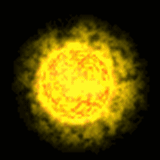

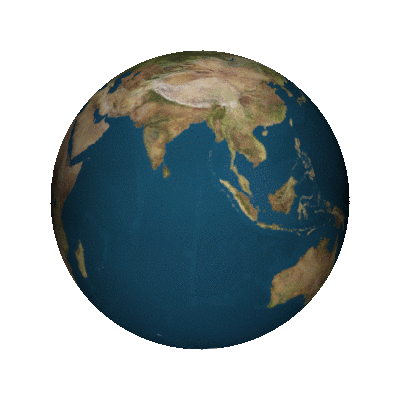

STRIVE FOR PEACE OVER WAR
This is the only way we can
We Must ALL LIVE on this same Planet
Together, so therefore, we must All Strive
to Promote Peace and Understanding
wherever possible between Nations,
Peoples, Cultures and Religions,
and we must choose NEGOTIATIONS
and Trade over Warfare anywhere
there is conflict and suffering
in Our Own Home World.
'de-fang' the perpetual
BLOOD FOR PROFIT
Globalist Corporate
Criminal Cartel
'War Machine'!

SEEK TRUTH !

JUST WHAT IS THE TRUE NATURE OF OUR "REALITY"?...
AND WHAT EXACTLY ARE WE REALLY 'MADE OF'?...
Albert Einstein's famous equation; E = mc2, established that All Matter is Energy, including us
(E = energy, m = mass x c = speed of light 2 = squared)
Every Atom in the Universe is like a 'Perpetual Motion Machine'
which is Alive With Energy.
. . . That Includes You and Me, and Virtually Everything Around Us And Everything We See . . .
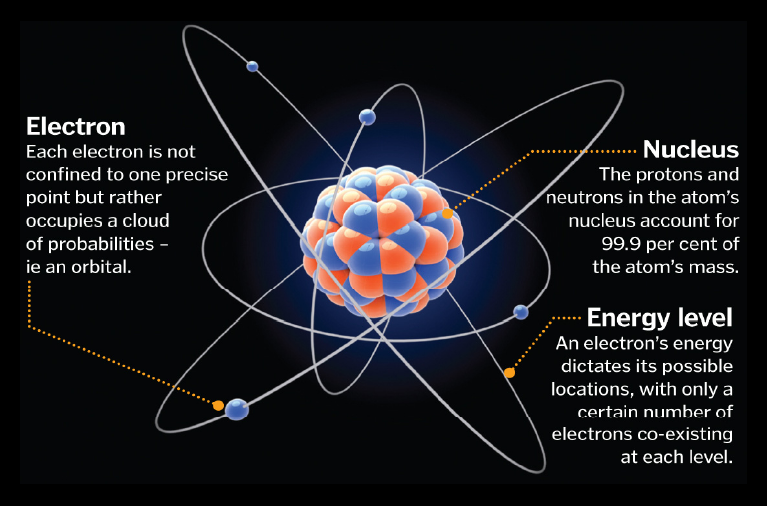
...And a lot that you don't see...
The electrons move so fast that no one position can be pinpointed.
Therefore it is referred to as an 'electron cloud'.

And the electrons do not stick to any one specific orbital - They 'buzz' around the nucleus.This is because no distinct position of any one electron can be predicted at any particular time,
so there are considered only a number of probabilities that
any one electron will be at any one position at any one time.
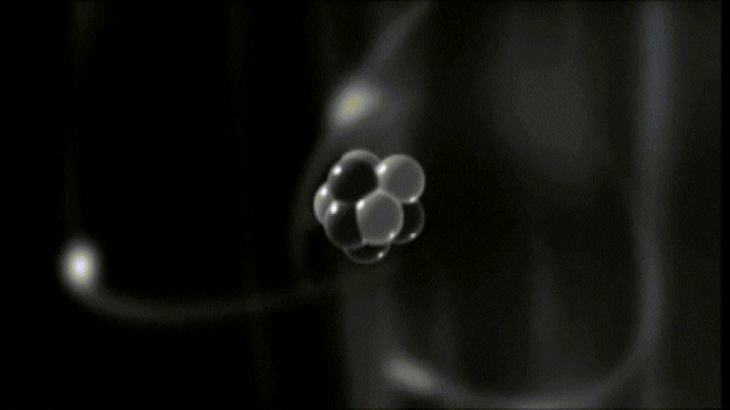
Although massively slowed down in the above illustrations, the one here
better shows the orbital and vibrational frequency nature of the atom.
The Protons and Neutrons have been vibrating, and electrons have been
spinning around the neucleus of every atom since the beginning of time, and will continue spinning until the end of all time.
(That is, if there is really an 'end to time')In addition to this, the energy contained within this 'atomic system' supports the three dimensional shape of the of each atom giving us the building blocks of our World of length, width, and depth (1st-2nd-3rd dimension) with the spin of the electrons donating time (the 4th dimension). And, each one generates it's own electromagnetic and gravitational field.
And this illustrates a collection of molecules made up of many different atoms
when you increase the energy input such as the application
of heat will simply increase their vibrational frequency
So, just where do all these atoms that comprise all matter and
the World we see get all of its perpetual energy from?...
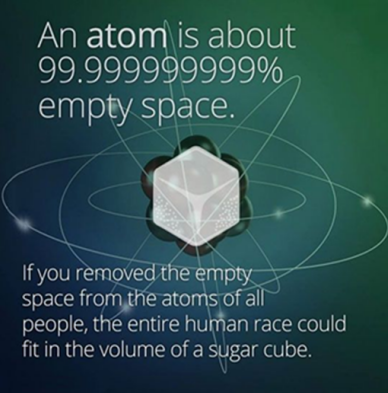
Just think, this means that you, everyone you know, and everything
you can see are made of the same 99.99999...% empty space
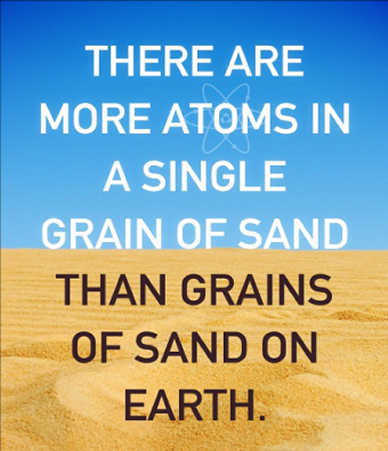
High energy sub-atomic particle colliders break down atoms into their
most basic fundamental levels thereby releasing enormous energies
and revealing even smaller levels of matter and of strange effects
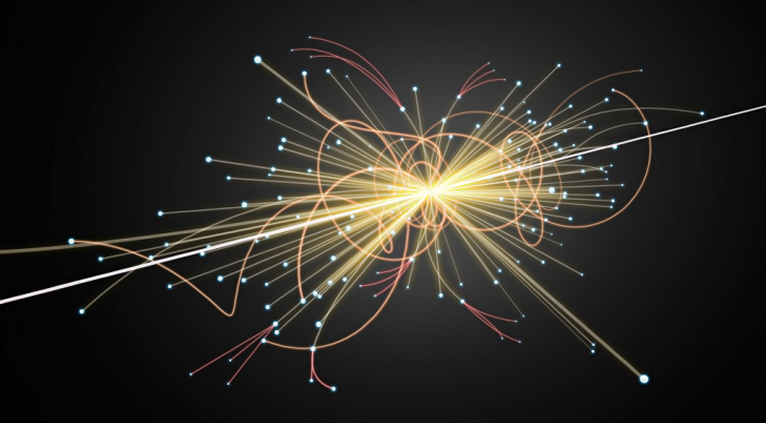
An accelerator propels charged particles, such as protons or electrons, at high speeds, close to the speed of light. They are then smashed either onto a target or against other particles circulating in the opposite direction. By studying these collisions, physicists are able to probe the world of the infinitely small.When the particles are sufficiently energetic, a phenomenon that defies the imagination happens: the energy of the collision is transformed into matter in the form of new particles, the most massive of which existed in the early Universe. This phenomenon is described by Einstein’s famous equation E=mc2, according to which matter is a concentrated form
of energy, and the two are interchangeable.
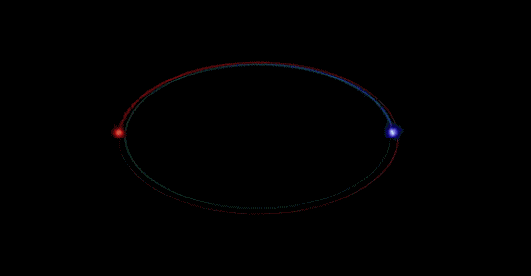
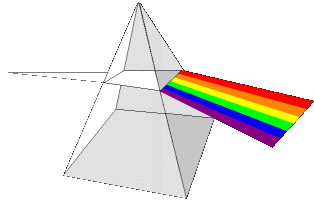
In physics and chemistry, wave-particle duality holds that light
and matter exhibit properties of both waves and of particles
The 'Double-Slit Experiment' is the seminal experiment that cracked modern science open to quantum mechanics. It’s an experiment based on the nature of light itself. The double-slit experiment was designed to determine if light acted as a particle or a wave. And what was discovered was that light behaved as a wave under most conditions. However, when the motion of each photon was observed, then they acted like particles instead. This caused a bit of a quandary in science. Our previous paradigm accepted things as one thing or another, but not both. As either a particle or a wave. However, this experiment determined that the act of observation determined whether light acted as one form or the other. It forced physicists to develop an entirely new model of the universe.
Runtime: 9:07 - Professor Jim Al-Khalili explains the experiment that reveals the "central mystery of quantum mechanics" - the double slit experiment. Sometimes called the "two-slit" or "Young's" experiment, it demonstrates that matter and energy can display the characteristics of both waves and particles, establishing the principle known as wave-particle duality. Furthermore, it questions the role of the observer in the outcome of events and demonstrates the fundamental limitation of an observer to predict experimental results.For this reason, Richard Feynman called it "a phenomenon which is impossible... to explain in any classical way, and which has in it the heart of quantum mechanics. In reality, it contains the only mystery [of quantum mechanics]."
In modern physics, the double-slit experiment demonstrates that light and matter can satisfy the seemingly-incongruous classical definitions for both waves and particles, which is considered evidence for the fundamentally probabilistic nature of quantum mechanics. This type of experiment was first performed by Thomas Young in 1801, as a demonstration of the wave behavior of visible light.] At that time it was thought that light consisted of either waves or particles. With the beginning of modern physics, about a hundred years later, it was realized that light could in fact show both wave and particle characteristics. In 1927, Davisson and Germer and, independently George Paget Thomson and Alexander Reid demonstrated that electrons show the same behavior, which was later extended to atoms and molecules. Thomas Young's experiment with light was part of classical physics long before the development of quantum mechanics and the concept of wave–particle duality. He believed it demonstrated that Christiaan Huygens' wave theory of light was correct, and his experiment is sometimes referred to as Young's experiment or Young's slits.
The experiment belongs to a general class of "double path" experiments, in which a wave is split into two separate waves (the wave is typically made of many photons and better referred to as a wave front, not to be confused with the wave properties of the individual photon) that later combine into a single wave. Changes in the path-lengths of both waves result in a phase shift, creating an interference pattern. Another version is the Mach–Zehnder interferometer, which splits the beam with a beam splitter.
In the basic version of this experiment, a coherent light source, such as a laser beam, illuminates a plate pierced by two parallel slits, and the light passing through the slits is observed on a screen behind the plate. The wave nature of light causes the light waves passing through the two slits to interfere, producing bright and dark bands on the screen – a result that would not be expected if light consisted of classical particles.] However, the light is always found to be absorbed at the screen at discrete points, as individual particles (not waves); the interference pattern appears via the varying density of these particle hits on the screen. Furthermore, versions of the experiment that include detectors at the slits find that each detected photon passes through one slit (as would a classical particle), and not through both slits (as would a wave). However, such experiments demonstrate that particles do not form the interference pattern if one detects which slit they pass through. These results demonstrate the principle of wave–particle duality.
Other atomic-scale entities, such as electrons, are found to exhibit the same behavior when fired towards a double slit. Additionally, the detection of individual discrete impacts is observed to be inherently probabilistic, which is inexplicable using classical mechanics.
The experiment can be done with entities much larger than electrons and photons, although it becomes more difficult as size increases. The largest entities for which the double-slit experiment has been performed were molecules that each comprised 2000 atoms (whose total mass was 25,000 atomic mass units).
The double-slit experiment (and its variations) has become a classic for its clarity in expressing the central puzzles of quantum mechanics. Because it demonstrates the fundamental limitation of the ability of the observer to predict experimental results, Richard Feynman called it "a phenomenon which is impossible to explain in any classical way, and which has in it the heart of quantum mechanics. In reality, it contains the only mystery [of quantum mechanics]."
This has suggested that by the very act of a conscious observance of the wave-particle experiments had caused a change in the behaviour of the photons to transition between a particle and a wave state. This begs the question: does the Universe exist solely as a 'wave-state', and when we observe the world around us, does our conscious mind actually interpret
these waves as particle matter? Are we really just 'spirits' existing in--
and experiencing a 'material World'?

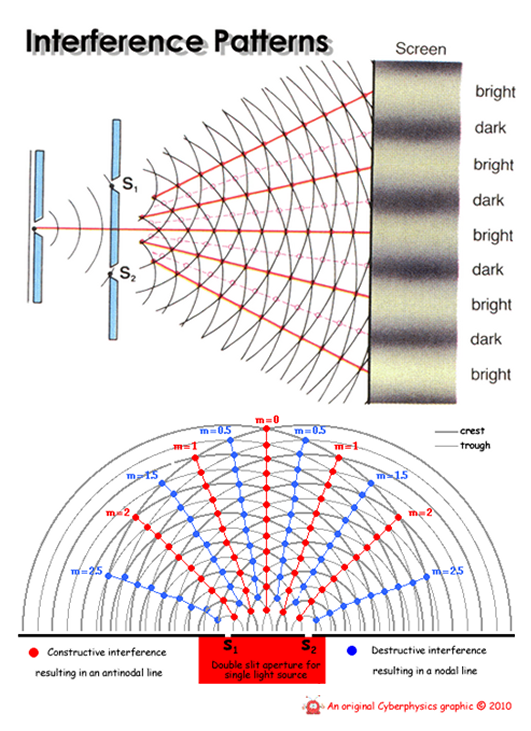
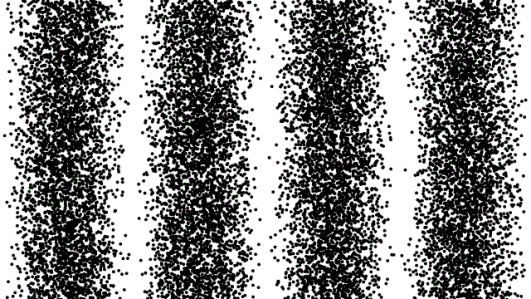
The 12 Fundamental Laws of Physics
Everyone Should Know
Physics, often referred to as the bedrock of science, encompasses a vast array of Laws and principles that govern the behaviour of the physical world, from the smallest particles to the grandest celestial bodies. In this exploration of the essential laws of physics delves into a more comprehensive list of these fundamental principLes and their profound implications for our understanding of the universe.
The 12 Fundamental Laws of Physics: 1. Newton’s Laws of Motion:
Sir Isaac Newton’s laws of motion laid the foundation for classical mechanics and our understanding of motion:
- Newton’s First Law (Law of Inertia): An object at rest remains at rest, and an object in motion continues to move at a constant velocity unless acted upon by an external force. This law defines the concept of inertia, which is the tendency of objects to maintain their state of motion.
- Newton’s Second Law (Law of AcceLeration): The force acting on an object is directly proportional to the mass of the object and the acceleration produced (F = ma). This law quantifies how forces cause changes in an object’s motion.
- Newton’s Third Law (Action-Reaction Law): For every action, there is an equal and opposite reaction. This law describes the reciprocal nature of forces in an interaction.
2. Law of Universal Gravitation:
Newton’s genius extended to celestial mechanics with the Law of Universal Gravitation, which states that every mass attracts every other mass in the universe with a force that is directly proportional to the product of their masses and inversely proportional to the square of the distance between them. It’s the reason celestial bodies like planets and moons are held in orbit around each other.
3. Maxwell’s Equations:
James Clerk Maxwell unified electricity and magnetism with a set of four equations known as Maxwell’s Equations. These equations describe the behaviour of electric and magnetic fields and provide a foundation for the study of electromagnetism. They paved the way for the development of technologies such as radio, television, and the internet.
4. Einstein’s Theory of Relativity:
Albert Einstein introduced two groundbreaking theories:
- Special Theory of ReLativity: This theory, encapsulated in the famous equation E=mc2, revolutionized our understanding of space and time. It posits that the laws of physics are the same for all non-accelerating observers and that the speed of light in a vacuum is constant.
- General Theory of ReLativity: Building upon his special theory, Einstein proposed a new understanding of gravity. According to this theory, massive objects warp the fabric of spacetime, causing other objects to move along curved paths. It predicts phenomena like gravitational lensing and time dilation.
5. Quantum Mechanics:
Quantum Mechanics is a cornerstone of modern physics, describing the behaviour of particles at the atomic and subatomic scales. It challenges classical physics by introducing probabilistic behaviour, wave-particle duality, and the Heisenberg Uncertainty Principle, which states that it is impossible to precisely know both the position and momentum of a particle simultaneously.
6. Laws of Thermodynamics:
Thermodynamics governs the transfer of energy and the behaviour of matter. The four laws of thermodynamics are particularly significant:
- Zeroth Law of Thermodynamics: If two systems are each in thermal equilibrium with a third system, they are in thermal equilibrium with each other. This law establishes the concept of temperature.
- First Law of Thermodynamics (Conservation of Energy): Energy cannot be created or destroyed; it can only change forms. It underlines the principle that the total energy of an isolated system remains constant.
- Second Law of Thermodynamics: Heat naturally flows from hot to cold, and entropy (a measure of disorder) tends to increase in isolated systems. This law explains why processes are irreversible and defines the arrow of time.
- Third Law of Thermodynamics: As the temperature of a system approaches absolute zero, the entropy approaches a minimum value. This law is crucial for understanding the behaviour of matter at extremely low temperatures.
7. Laws of Conservation:
Several laws emphasise the conservation of fundamental quantities:
8. Planck’s Law of Black-Body Radiation:
- Conservation of Mass: The total mass of an isolated system remains constant over time, regardless of chemical or physical changes within it.
- Conservation of Energy: Energy is neither created nor destroyed; it only changes forms.
- Conservation of Momentum: In the absence of external forces, the total momentum of a closed system remains constant.
- Conservation of Angular Momentum: The total angular momentum of an isolated system remains constant unless acted upon by an external torque.
Max Planck introduced his law of black-body radiation, which marked the birth of quantum mechanics. This law quantifies the spectral distribution of electromagnetic radiation from a perfect black body and led to the development of quantum theory.
9. Schrodinger’s Equation:
Erwin Schrodinger’s wave equation is a fundamental equation in quantum mechanics. It describes how the quantum state of a physical system changes with time and is essential for understanding the behaviour of particles on the atomic and subatomic scales.
10. Laws of Electromagnetic Induction:
Michael Faraday formulated the laws of electromagnetic induction, which describe how a changing magnetic field induces an electromotive force (emf) in a conductor. These laws are fundamental to the operation of generators, transformers, and many electrical devices.
11. Kepler’s Laws of Planetary Motion:
Johannes Kepler discovered three laws that describe the orbits of planets around the sun. These laws, known as Kepler’s Laws of Planetary Motion, played a crucial role in the development of modern astronomy and our understanding of celestial mechanics.
12. Coulomb’s Law:
Charles-Augustin de Coulomb established Coulomb’s Law, which describes the electrostatic force between charged objects. It plays a pivotal role in understanding the behaviour of charged particles and the principles of electricity and magnetism.
Final Note:
The laws of physics are the cornerstone of our understanding of the natural world. They provide the framework for explaining everything from the motion of galaxies to the behaviour of subatomic particles. These laws have not only stood the test of time but also continue to inspire scientists to delve deeper into the mysteries of the cosmos, pushing the boundaries of human knowledge ever further. They are the keys that unlock the profound beauty and complexity of the universe, and they serve as a testament to the unending curiosity and ingenuity of humanity.


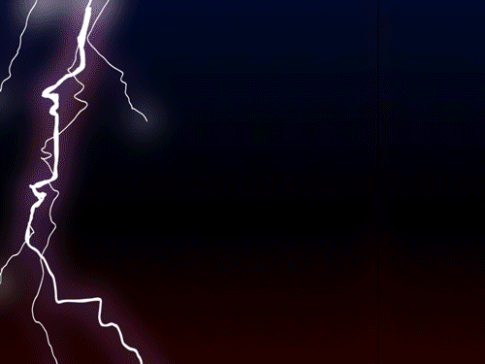
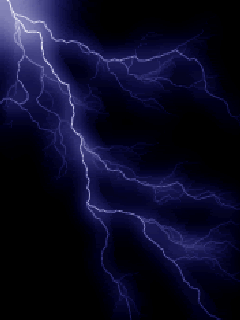

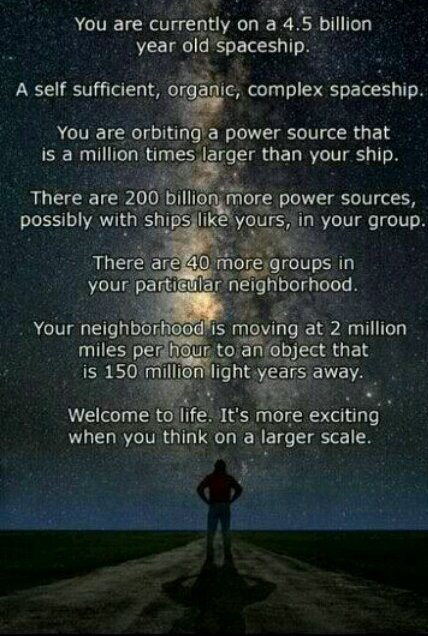

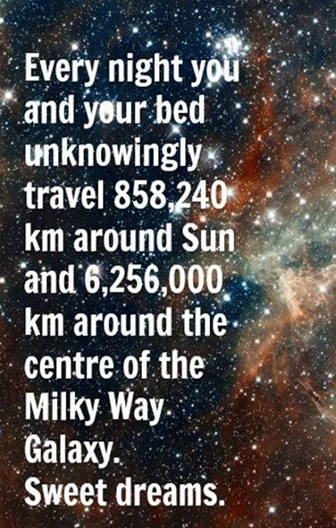
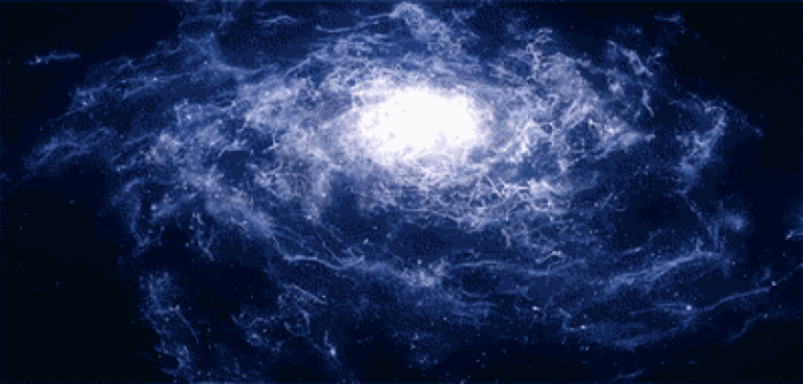
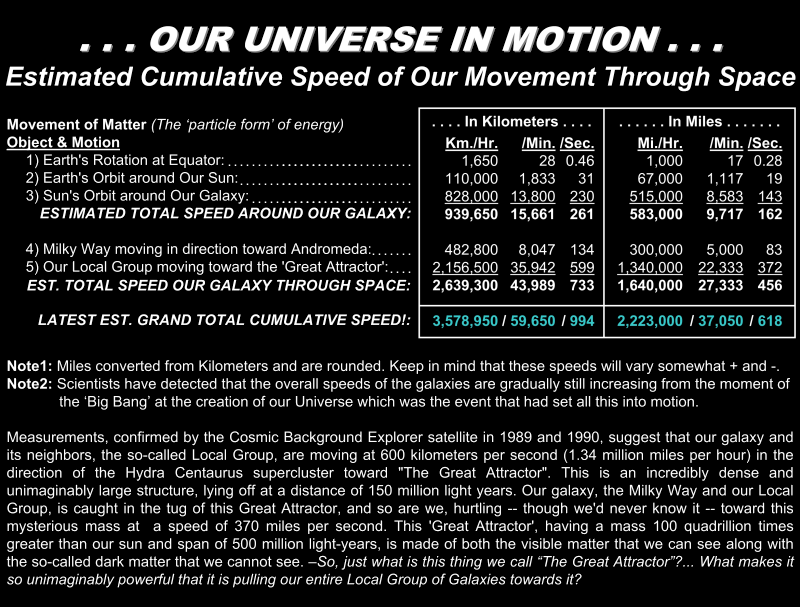
And, we are actually moving in at least five different directions all at the same time...
which means that we are also spinning!...

HOW WE MOVE THROUGH SPACE
The classical view of our Solar System
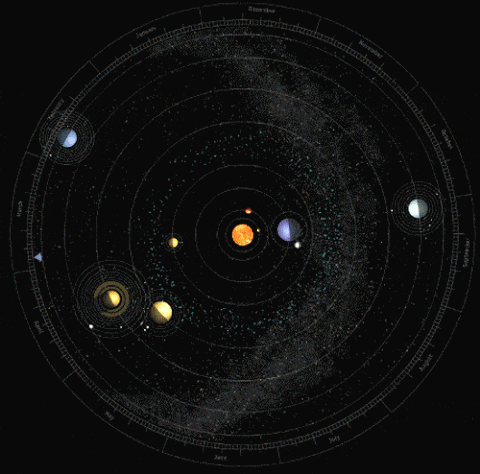
This model below illustrates the movement of planets relative to the plane of the ecliptic
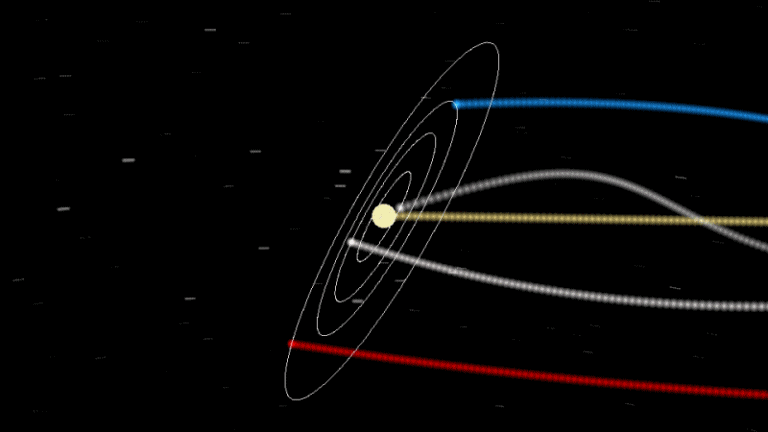
This model below is another way to illustrate the movement of planets
relative to the plane of the ecliptic
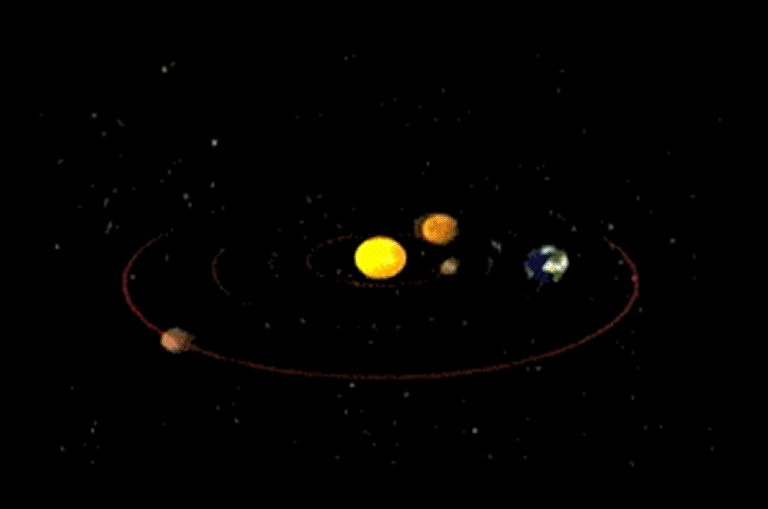
THIS is an excellent illustration of our relative motion in relationship with our own Star through space
(even though this model mistakenly has Jupiter and Saturn tranposed into the wrong orbits)
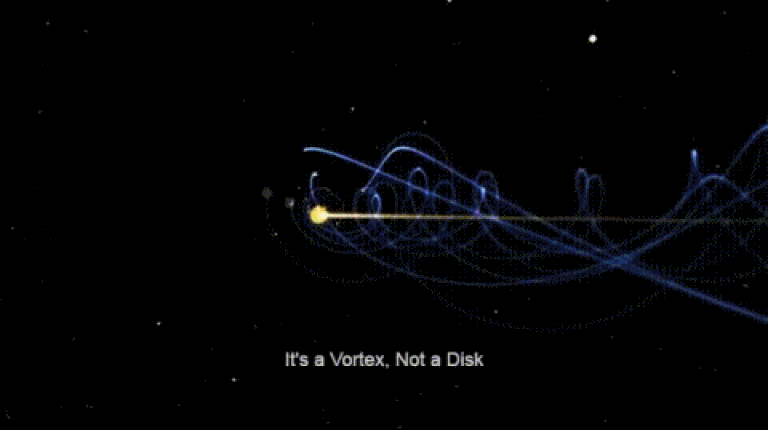
Like a 'cosmic clockworks', ticking off the seconds, minutes, hours, days, months, years, centuries, millenia, epochs in the fourth dimension (time), and we and the other planets of our solar system
dance and we race as we chase our star around our own galaxy's center core mass...
And, our Galaxy moves through space in pretty much the same way (Lateral motion not shown)
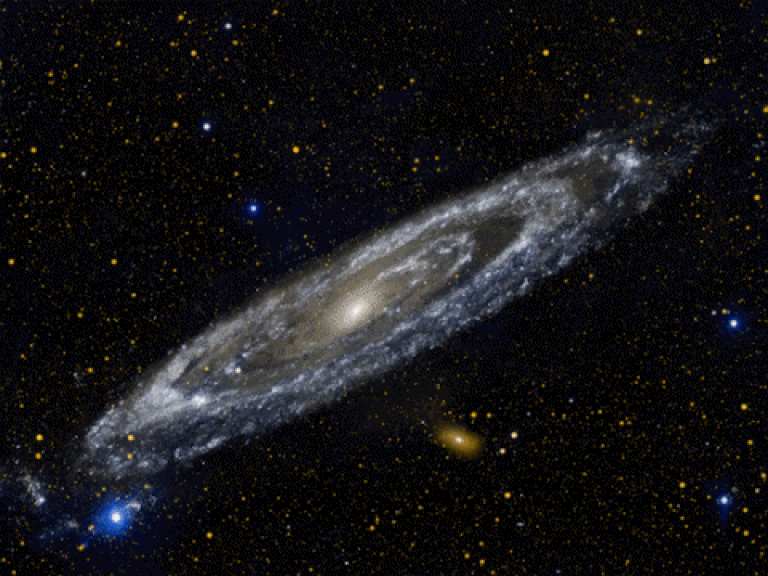
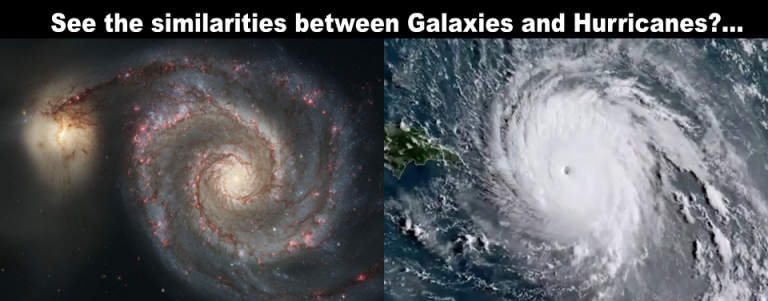
And even galaxies collide on a regular basis

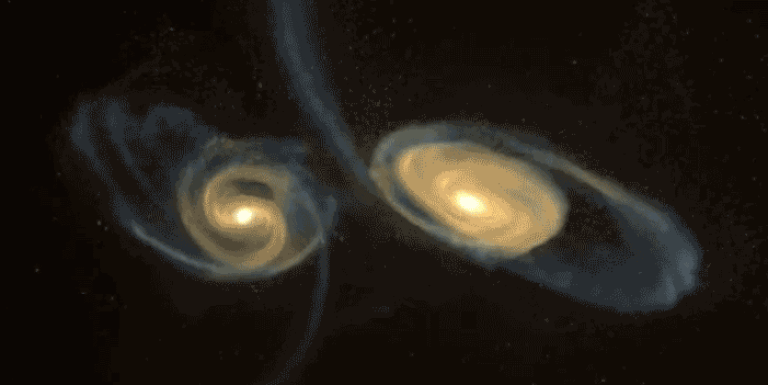
NASA Simulations of Galaxy Collisions based on Actual Observations
A Simulation below of how our Milky Way Galaxy will eventually collide with our neighbor, Andromeda
. . . And like the solar system, the atom also keeps its time like a 'cosmic atomic clock'. . .

Now, imagine the atom, much like the solar system with its core mass nucleus (like the Sun)
and its electrons spinning (like the planets) around the center while moving through space
at the same rates as all the matter in our solar system collectively leaving the same
kind of residual trail across the 'ribbon' of space and time in much the same way.
(The Macro to the Sub-Micro: From Galaxies to Stars to Planets to Molecules to Atoms to Electrons to Particles)
. . . THE RECORDING OF OUR JOURNEY . . .
Explore a 3-Dimentional Map of Our Known Universe
Cosmic Journeys - Hubble: Universe in Motion
Behold, you are looking at the very stuff we are all made from!
Provided by: SpaceRipRuntime: 0:50:01 - Description: Since its launch 25 Years ago, the Hubble Telescope has returned images of unprecedented beauty of a dynamic and changing universe. Hubble’s most iconic images are bought to life to answer some of the most important questions facing astronomers today. Colliding galaxies, the birth and death of stars, jets of gas thrown out by material crashing into distant suns: these incredible images tech us valuable lessons about how galaxies are formed, what dark matter is and even the fate of the earth itself.
Beyond The Atom - What Really Is Everything?
Living in a Quantum Dream - Was The Universe Born From Nothing?
Simulation? - Multiverse? - GOD? - Why Is The Universe Perfect?
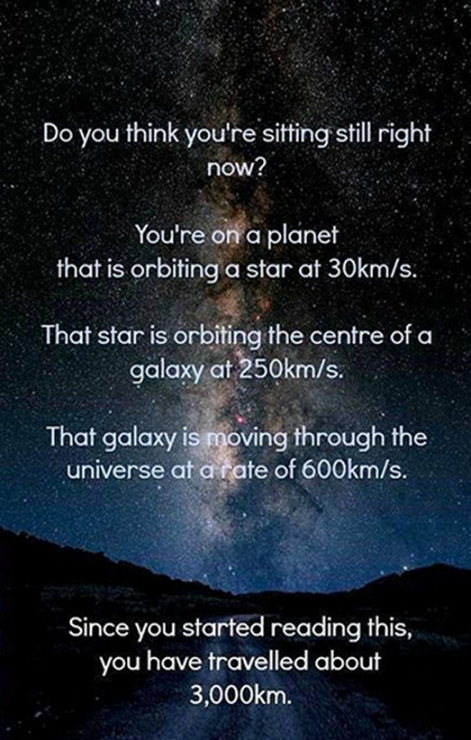
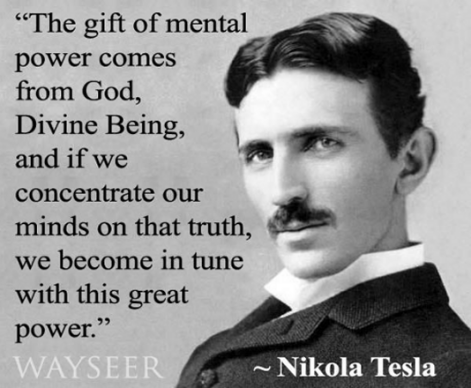
And More to Come...

And you can check out other TP pages by
[ Clicking Here ]

It is said that "Music is a Universal Language"
Music is Energy for the Spirit...

(Best listened to 'piped' through a home stereo)

Sacred Spirit - Book Of Secrets - Runtime: 1:29:21
- If your audio control does not work:
[ click here ]

(I think there must be a message in here, somewhere...)

Classic Sci-Fi Entertainment
Other Truth Project Pages:
Archbishop Issues Warning of 'The Great Reset'
Dr. Robert W. Malone, MD Warns Against The "Vaccines"
Catherine Austin-Fitts Lays Out the Global Beast Slave System
Greg Reese Reports on The Covid Scam and on the "Vaccines"
Biosludge!: They are now turning Human Beings into Fertilizer
The Lost Years of Jesus - Travel to India, Tibet and Persia?
Main-Stream Media Coverage about the UFO Phenomena
Civilizational Change: Hard Times - Strong / Weak Men
SHUT DOWN Bio-Weapons Labs and the Death Shots!!
Earth Changes: Worlds Between the Earth and the Sky
The AI Control Grid: Threats to Our Planet & Humanity
The Basics: Truth and the Nature of Scientific Inquiry
What YOU CAN DO To Prepare And Fight The Cabal!
The Nature of the Human Mind and Consciousness
The 'Perfect Storm' of Global Famine on the Horizon
Technology: The Good, The Bad, and The Terrifying
Good Times - Hard Times - Strong Men - Weak-Men
Nature of Reality: Of Information, Energy & Matter
David Icke - World Events and Human Psycopathy
CBDC FINANCIAL ARMAGEDDON IS BEGINNING
Dr. Steven Greer - The Cosmic Hoax and More
Global War And The Thermo-Nuclear Threat
The Fake "Vaccine" 'Clot-Kill Shots'
The Global Depopulation Agenda
Battlefield America: 2022-2024
[ Home ] -- [ The Basics: Truth and the Nature of Scientific Inquiry ] -- [ Nature of Reality: Of Information, Energy and Matter ]
[ The Nature of the Human Mind and Consciousness ] -- [ Earth Changes: Worlds Between the Earth and the Sky ]
-- [ Technology: The Good, The Bad, and The Terrifying ] -- [ The Control Grid: Threats to Our Planet & Humanity ]
[ What YOU CAN DO To Prepare And To Fight The Cabal! ]
• Information – Education – Discernment •
• Truth – Knowledge – Reason – Understanding – Wisdom – Conscience •
• Intuition – Enlightenment – Faith – Love •
A Project of
The Church of Universal Truth
This is our test...